Old gardener stories are often based around a science called phenology. “Plant potatoes on Good Friday; prune trees on Presidents Day, and never plant anything during the full moon.” Homilies or science?
Is there a reason phenology has existed for thousands of years, across the world, and more importantly, can we use it to help us figure out when to plant or prune our crops?
Jump to: | What Is Phenology? | When To Plant | Best Time for Tomatoes | Best Time for Vegetables
This post may contain affiliate links, and you can read our disclosure information here–
What Is Phenology?
Before starting our small farm in Minnesota, I went to a number of classes, seminars and basically anything I could find on organic farming. I learned a great deal about soil, cover crops, organic disease control, etc.
One of the seminars that was especially intriguing however, was a scientific lecture on phenology. This is the study of seasonal natural phenomena like plant life cycles.
I had never heard of phenology before, and I couldn’t believe it when I heard some of grandpa Stainbrook’s folklore being espoused as a truth based on science and history.
It wasn’t exactly the holiday-timed planting lore, but some of the little things he used to do. I’m sure if he was still with us and someone told him his knowledge was scientifically sound, he would respond “Pwiffwah, everybody knows that.”

He had a point. Planting with nature’s cues is not some kind of woo-woo New Age stuff, it’s simply how nature functions!
The National Gardening Association has this to say about phenology:
“Phenology has been used for ages in gardening and agriculture to determine when to plant, when pest insects will become a problem, and when plants will bloom. It turns out there is scientific basis for these observations. Modern plant scientists have found that phenology corresponds to a measurement called growing degree days. Growing degree days are calculated by adding the average daily temperature to, or subtracting it from, 50°F. This information provides a way to estimate the timing of certain events, such as when controls for pest insects need to be used to maximize their benefit.”
The Science Of When To Plant
Taking a look at a few scientific review studies about phenology confirms the NGA’s aforementioned point of view. Although it can sound a little like folklore , a lot of these rules for planting actually make a lot of sense.
There are certain cues that can be taken from the environment in order to determine when crops will thrive, almost like a natural calendar.
In Geneva, Switzerland, the emerging of the first leaf on an official chestnut tree has been noted to indicate the beginning of Spring since all the way back in 1818!
Examples of phenological cues include things like the appearance of migratory birds or birds nesting, certain plants developing leaves or flowers, insect behavior and much more.
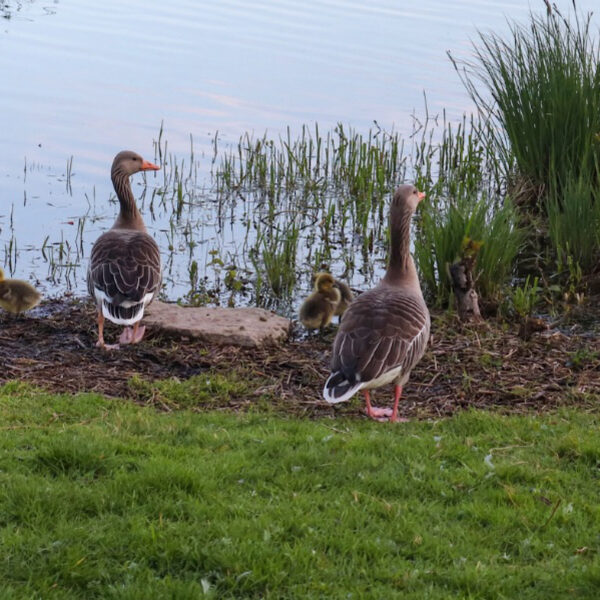
These signals from nature became connected to certain holidays in some cases just to make for easier rules of thumb.
Of course, in recent days, the field has become more formalized. It’s no longer “If you hear peeper frogs, it’s time to plant peas”. Now, it’s more like “we can track the growing season in the tropical rainforest based on a vegetative index”.
It can sometimes be difficult to follow if you’re not an expert, but it can prove very useful for gardeners (and scientists).
For example, phenology can tell us a lot about the effects of climate change. It can also prove very helpful for us gardeners when trying to figure out when to best plant or prune.
If you’d like to read more about the science of the topic, you could have a look at the 2003 book “Phenology: An Integrative Environmental Science“. It offers an incredibly deep dive.
Best Time to Plant Tomatoes
With respect to tomatoes, a fairly specific rule of thumb in central Minnesota (Zone 4-5) is to wait until Memorial Day to plant.
I do follow this rule to great success. The caveat is that my heirloom tomato seedlings have been potted up into 4″ pots and have been fully hardened off at this point, not little wispy things that have been grown in a windowsill.
Nor are my heirloom tomato plants huge plants in pots that have already flowered. These large tomato plants look great in the pot, but they have already spent their energy coming to bloom and will not produce well for the rest of the growing season.
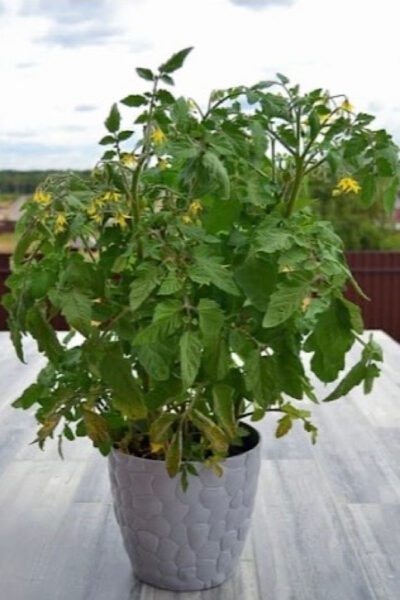
Every time I have been fooled into planting early by a warm spring, following the rule of putting the tomatoes out when night temps stay above 50 °F, a cold spell has inevitably followed.
The plants that were planted too early end up either stunted or they just sit there in the ground waiting patiently for warmer soil, but not growing.
The tomatoes planted on Memorial Day always catch up with early plantings and often thrive more.
Best Time to Plant Vegetables (According To Phenology)
Phenology is an aid to planning your garden. When should you plant certain vegetables in your garden? When should you avoid bugs? A lot of it depends on location, of course, but many of the sayings work in areas that have pronounced seasons. Examples include the northern US, Britain or northern Europe.
Think about it. When you walk into your garden, what changes tell you that spring is about to arrive? Willows sprouting catkins? Crocuses beginning to bloom? Migratory birds and butterflies making an appearance?
Congrats, you just analyzed phenological data. We humans are naturally pretty good at gaining insight into the harmony of nature if we just learn to observe.
One example that I pay attention to is when my garlic has sprouted in the spring. In my area, this is when I start to transplant peppers and tomatoes outdoors.
In climates with long growing seasons, peppers and tomatoes also are good candidates for planting after garlic. In cooler climates, Chinese cabbage or bok choy may be the perfect choice.
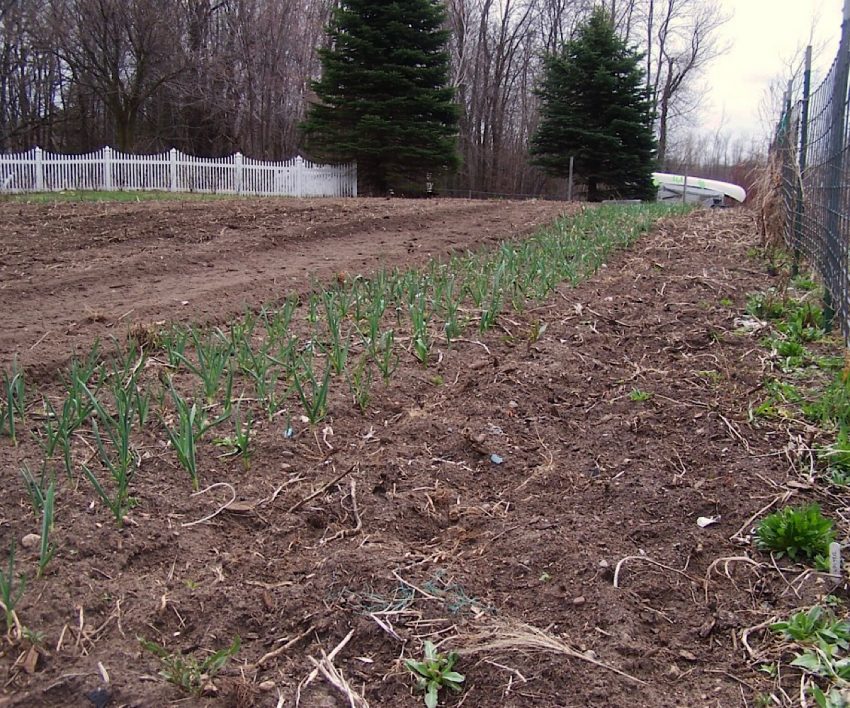
Tips on When to Plant & Control of Pests
Nature not only gives cues on best time to plant, but also can help with disease control.
Here are some well-documented tips on some of the more popular phenology around vegetables:
- Corn: The ideal planting time for corn is when oak trees have emerged from dormancy and their young leaves have expanded to the size of a squirell’s ear (from the North American Indians)
- Potatoes: Potato yields are largest if they are planted when dandelions begin blooming in open sunny spots (from the Irish-Northern farmers)
- Peas: Plant peas at apple blossom time (Kentuckians) or daffodils popping up
- Squash and Beans: Plant them when the lilacs bloom
- Perennials: Plant when the maple leaves emerge from buds
- Asparagus, Rhubarb & Strawberry: Plant when the plum trees bloom
- Disease control for the Squash Vine Borer: Cover squash and pumpkins with row cover when chicory starts to bloom and remove the cover after two weeks for pollination.
- Control of Caterpillars & Gypsy Moth: Spray with Bt right after they hatch, which is when the shadbush and redbud are in bloom.
- Pruning Roses: Prune when the Forsythia blooms
- Morels: When new oak leaves are the size of a squirrel’s ear… look for morels.

Key Considerations
When using the earth’s signals to start planting, remember to harden your plants off first before you put them in the ground. This is important if you have started your plants indoors.
Usually if you purchase seedlings from a farmers’ market or nursery, they have already been hardened off.
If you start your own seeds indoors, check out some of the details around hardening off tomato and pepper seedlings to make sure they can withstand the elements before planting outside.
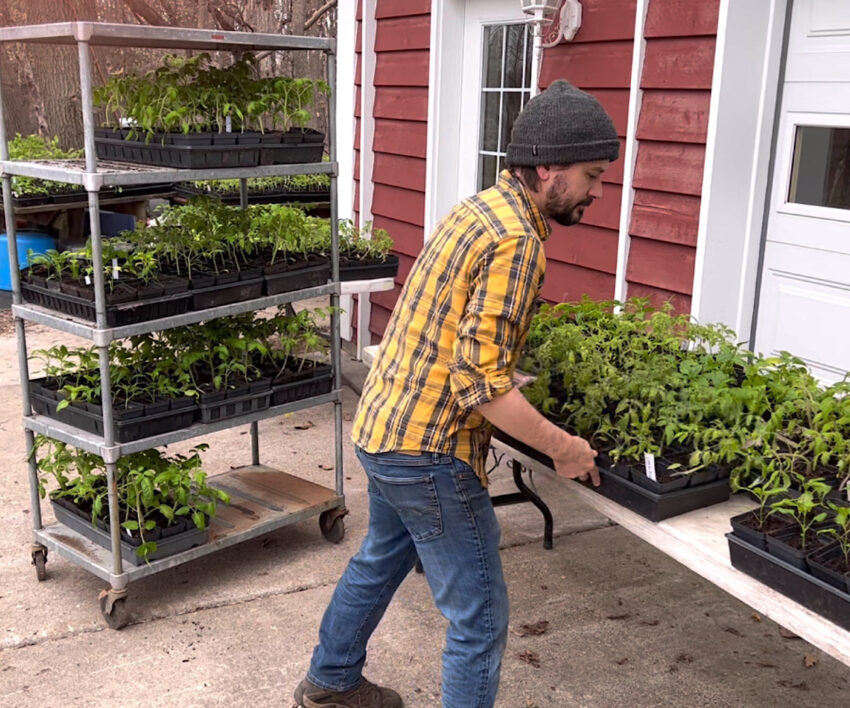
Don’t forget: due to climate change, not all of the classic phenological sayings hold true anymore. It’s always a good idea to keep a close eye on what’s going on around you, rather than just relying on rules of thumb.
Has this piqued your interest and you want to get more in-depth information on phenology in your own area? You could have a look at the USA National Phenology Network or Budburst. Both have done a very comprehensive job of compiling the information in a scientific but easy-to-understand way. You can even make your own account and start sharing your observations!
For me, here in central Minnesota, I have committed the “truths” listed above to memory and hope to pass them on to my grandchildren, just like Grandpa Stainbrook (and I won’t call it phenology either!).
Now, go start “diggin dirt” as my son used to say.
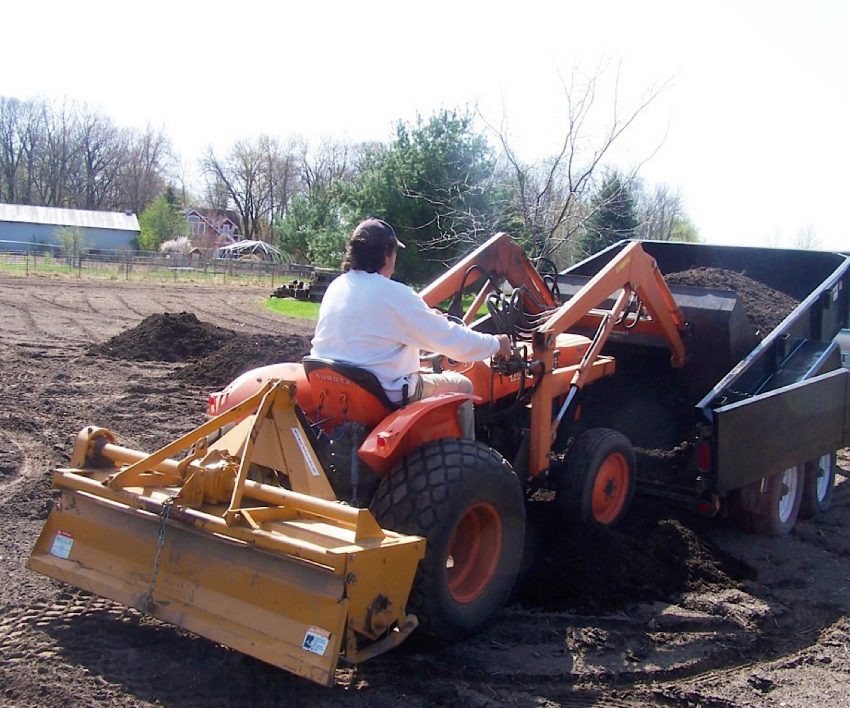
If you like my articles about cooking and gardening, subscribe to my weekly newsletter, where I share free recipes and gardening tutorials.

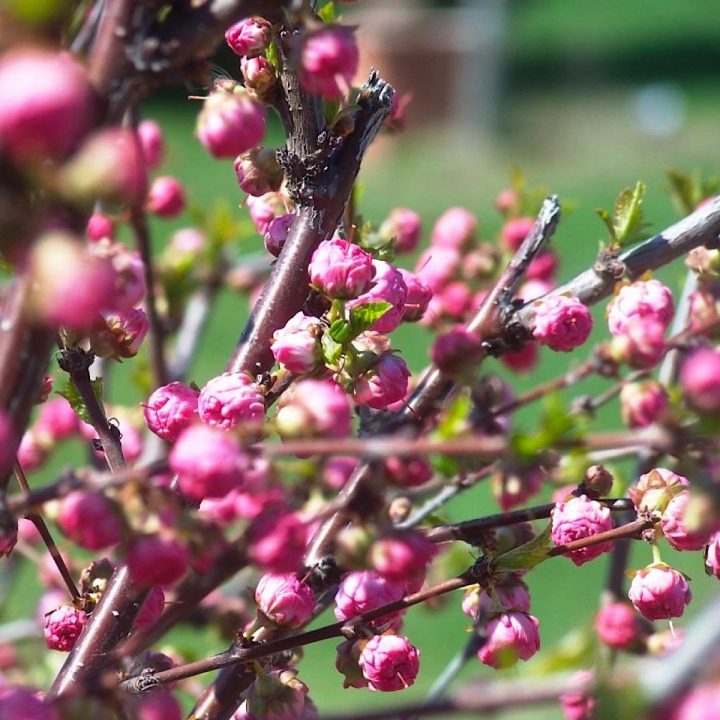
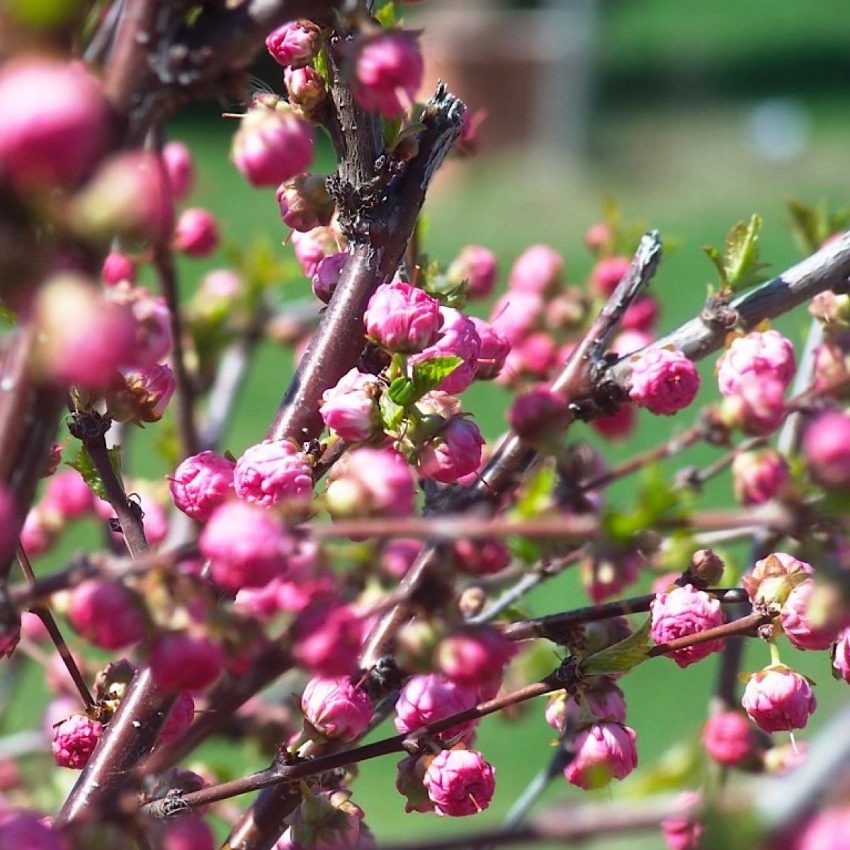
That first picture is awfully cute!! 😀
🙂
Very good information, here whereby live in Northern Utah next to the Idaho border, our climate zone is similar to your zone, I was pleased to f I ND and read this article!
So happy you found it helpful! And thank you for commenting….it helps me provide better information to more people.